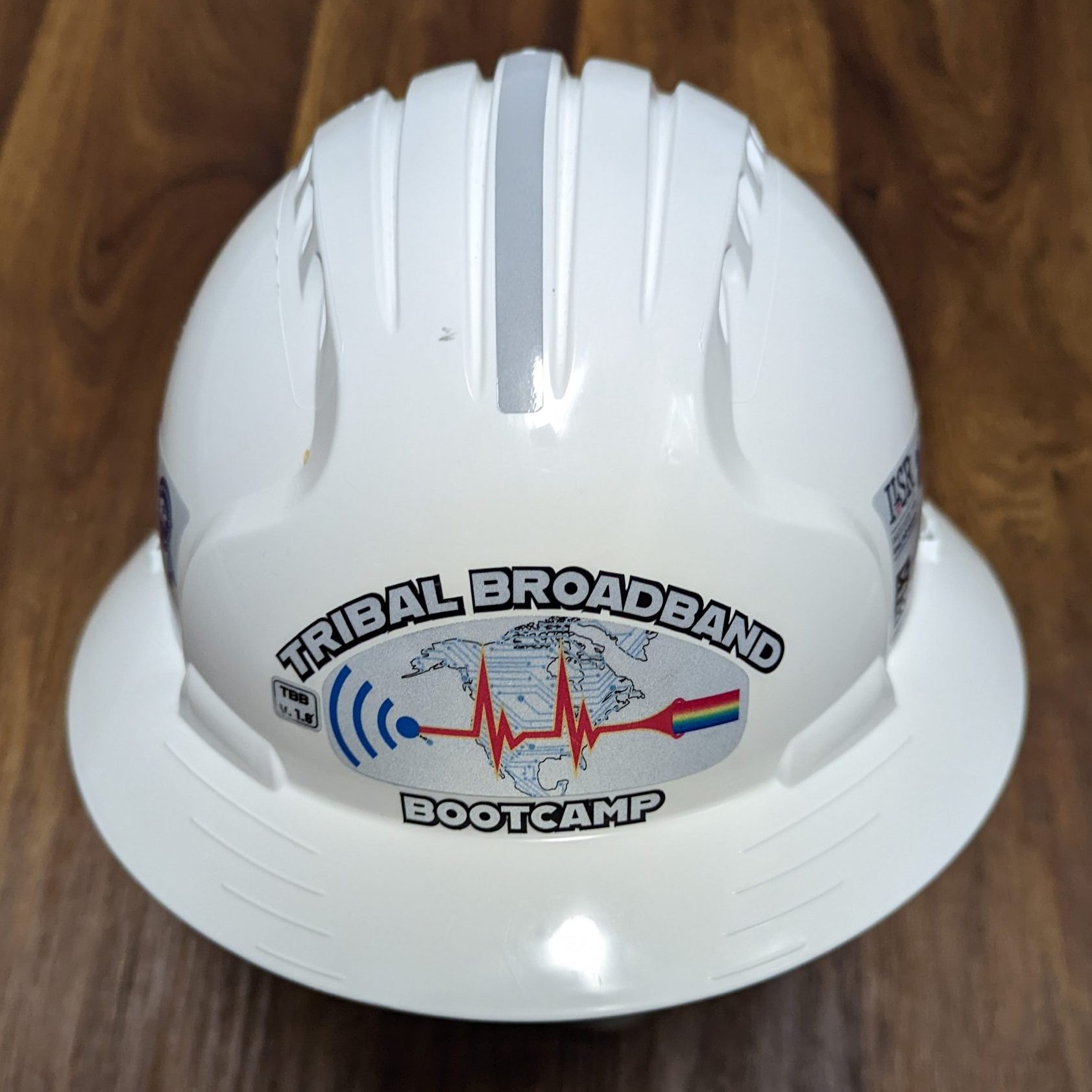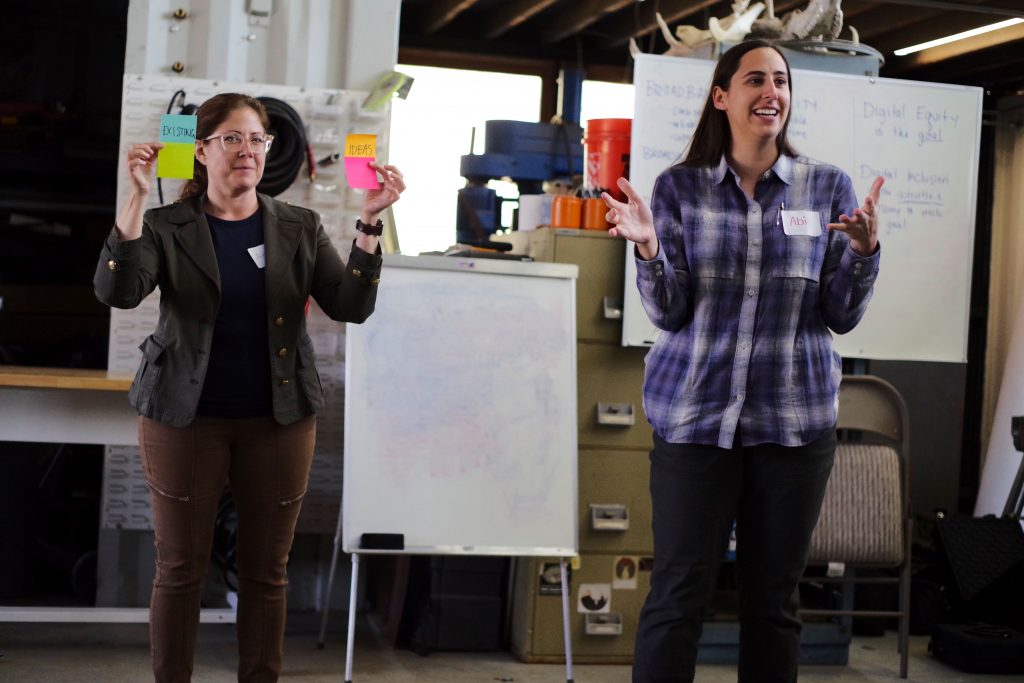
A couple weeks ago, Angela Siefer, NDIA’s executive director, and I found ourselves with hands full of sticky notes in a “zombie shelter” constructed of shipping containers on a ranch in the southern California desert. Handwritten on each sticky note was one barrier to digital equity that an attendee of the Tribal Broadband Bootcamp has experienced in their community.
We worked with the group to stretch our thinking from the infrastructure focus of the week to include a holistic view of digital equity, which includes digital skills and literacy as well as appropriate, accessible devices, alongside broadband infrastructure. The sticky notes were grouped together on the wall with similar observations to help identify commonalities and unique situations among the Tribal communities represented in the room. The next day, the group added more sticky notes filled with solutions, both existing and imagined, to each of the barriers.
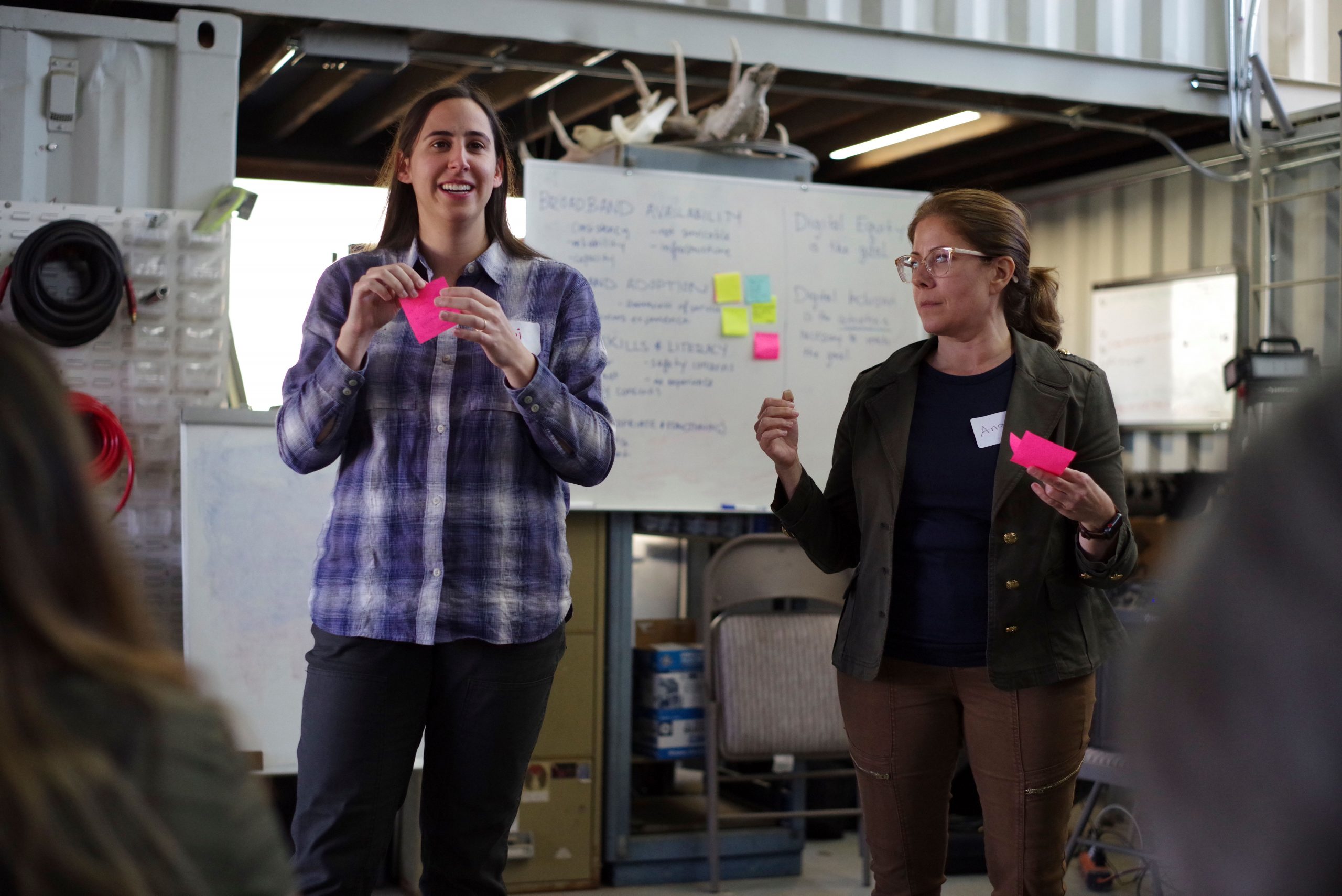
At NDIA, we rely on digital inclusion practitioners as the “on-the-ground” experts in their work, because we believe that the best solutions for a community come from within that community. Spending a week with people who are dedicated to delivering broadband to their own Tribal communities and who generously shared their experiences with us significantly bolstered our understanding of digital inclusion need and work in their communities.
This is crucial for us. We at NDIA are at a pivotal moment of increasing our focus on digital inclusion work in Indian County. The upcoming National Digital Navigator Corps will include at least six organizations in Tribal communities, which marks the beginning of both us putting this focus into action and our partnership with AMERIND Critical Infrastructure (ACI).
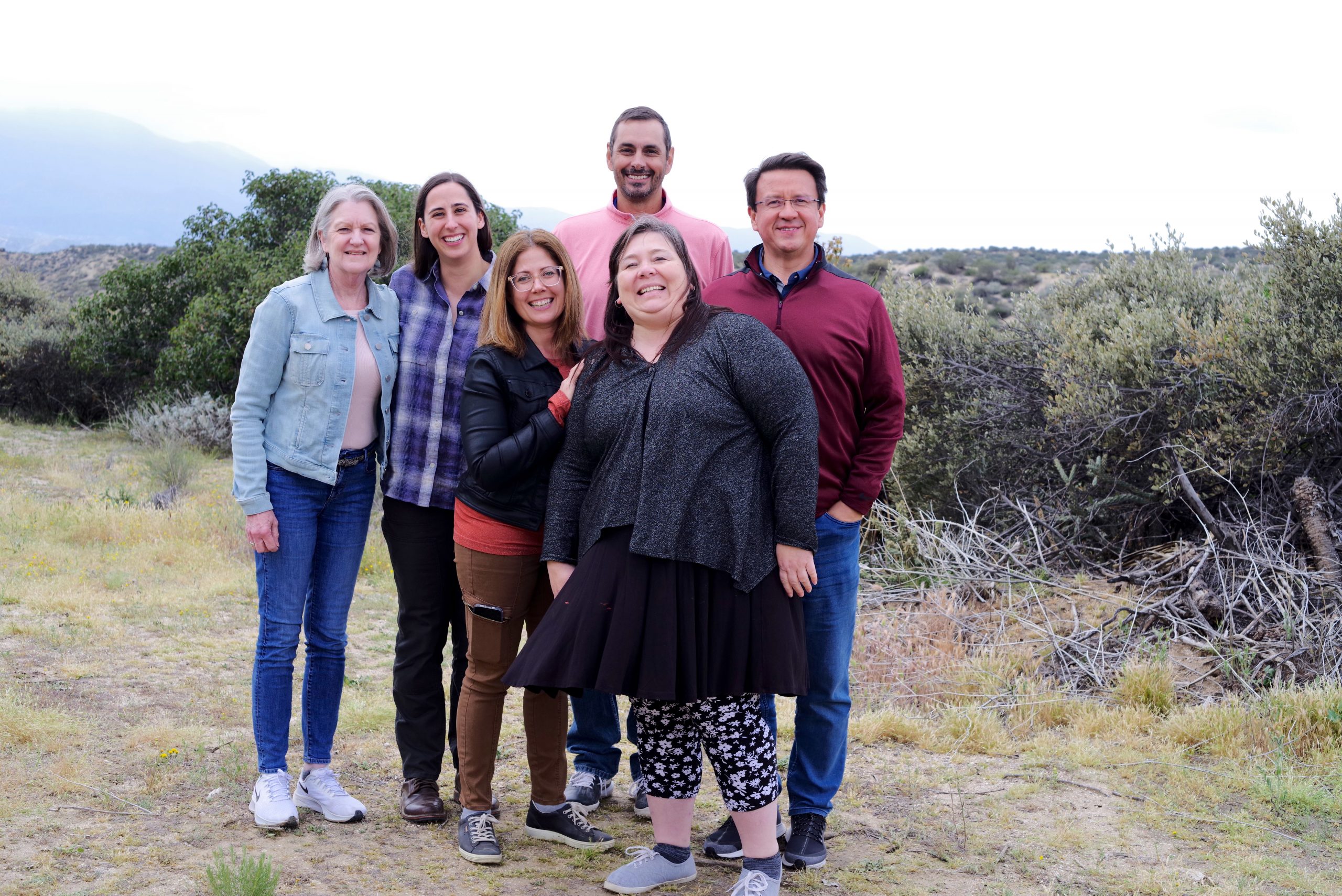
ACI is a division of AMERIND Risk Management Corporation, a Tribally owned, long standing and well-known financial institution of Tribal Nations that carries a broad reach into Indian Country. AMERIND Critical Infrastructure helps Tribal Nations develop and deploy broadband, and with the recent addition of a new staff person – Digital Inclusion Manager Davida Delmar – support their digital inclusion efforts.
In this partnership, NDIA and ACI will combine our collective knowledge of digital inclusion, broadband, and Tribal communities to build a better system of support and community of practice for digital inclusion practitioners in Indian Country.
Tribal Broadband Bootcamp is one of the first projects we’ve worked on together. The March bootcamp was the second of an ongoing series of these events, intended to support increased internet connectivity for Tribes. They are organized by Institute for Local Self-Reliance (in particular, the amazing Chris Mitchell) and Matt Rantanen, who hosted the event on his ranch. Their website describes it like this: “Organized by a loose collection of people with a long history of building and encouraging nontraditional broadband networks, the focus was on building, maintaining, and troubleshooting wireless networks in Indian Country.”
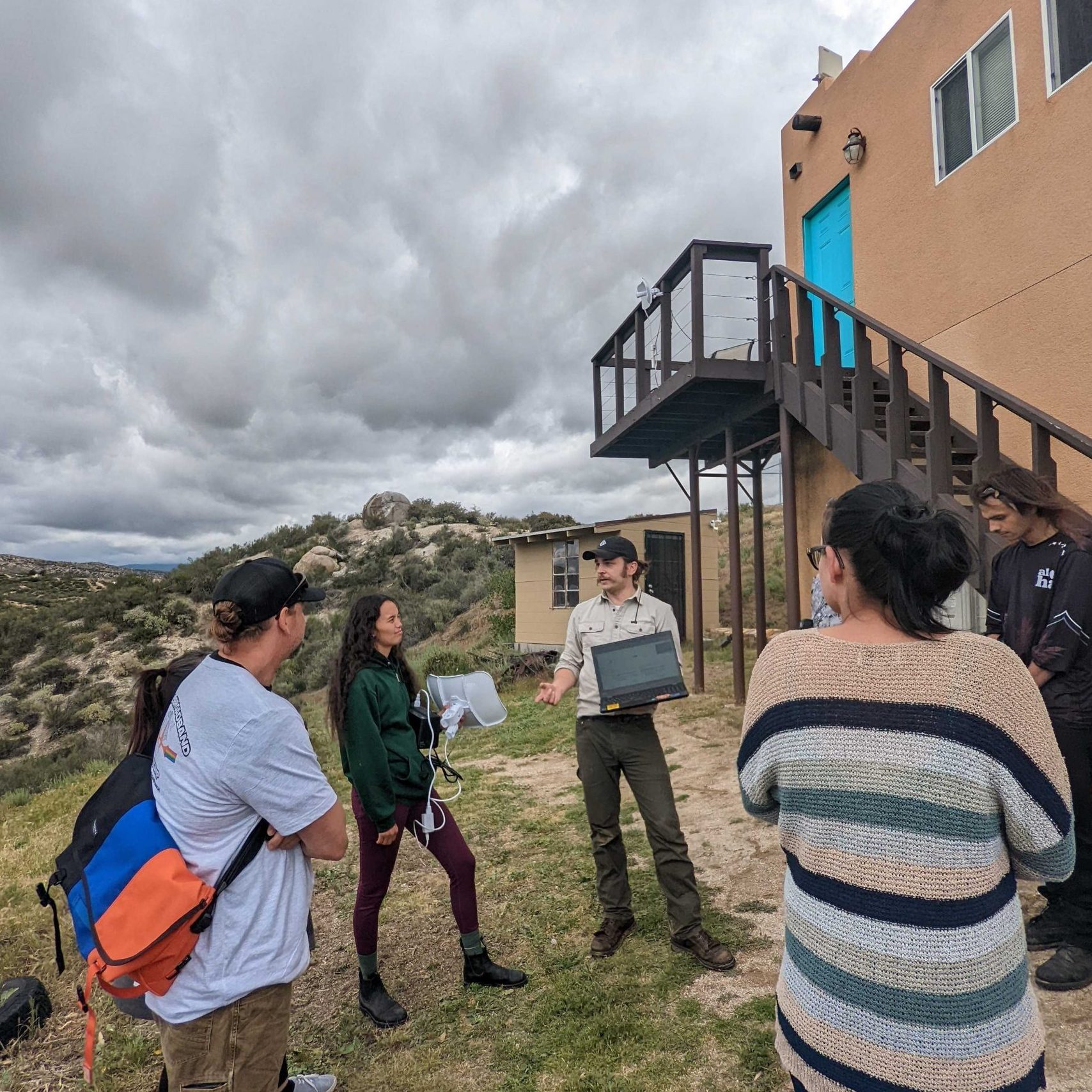
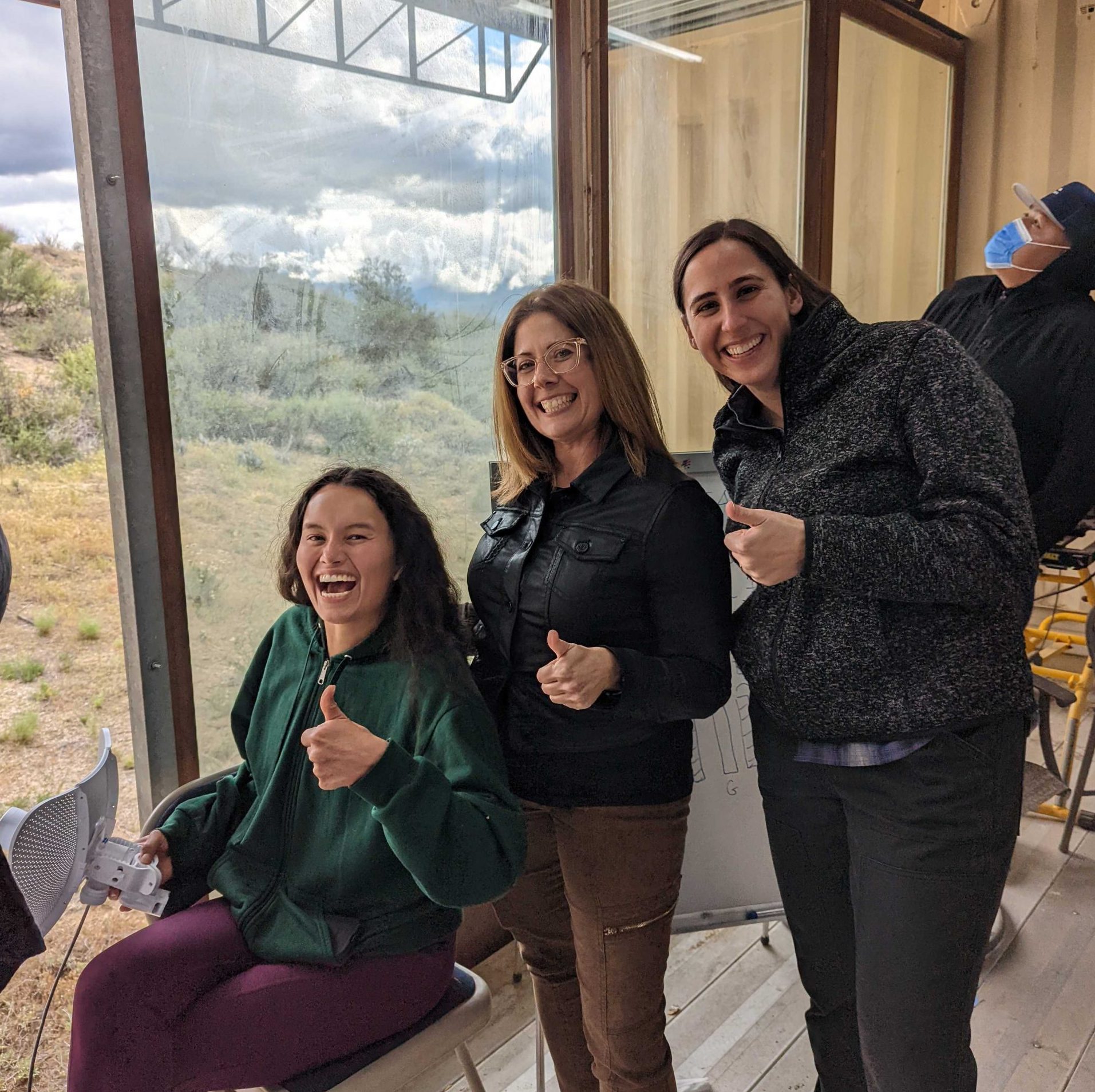
Attendees learn practical, hands-on skills for building and maintaining small networks, business models for supporting their networks, best practices for supporting and protecting their network’s users, and the history (and future) of policies that impact connectivity in Indian Country, all from experts that support the goal of increasing broadband access in Tribal communities.
In the closing session, everyone on the ranch sat in a circle, and we reflected on our experiences that week.
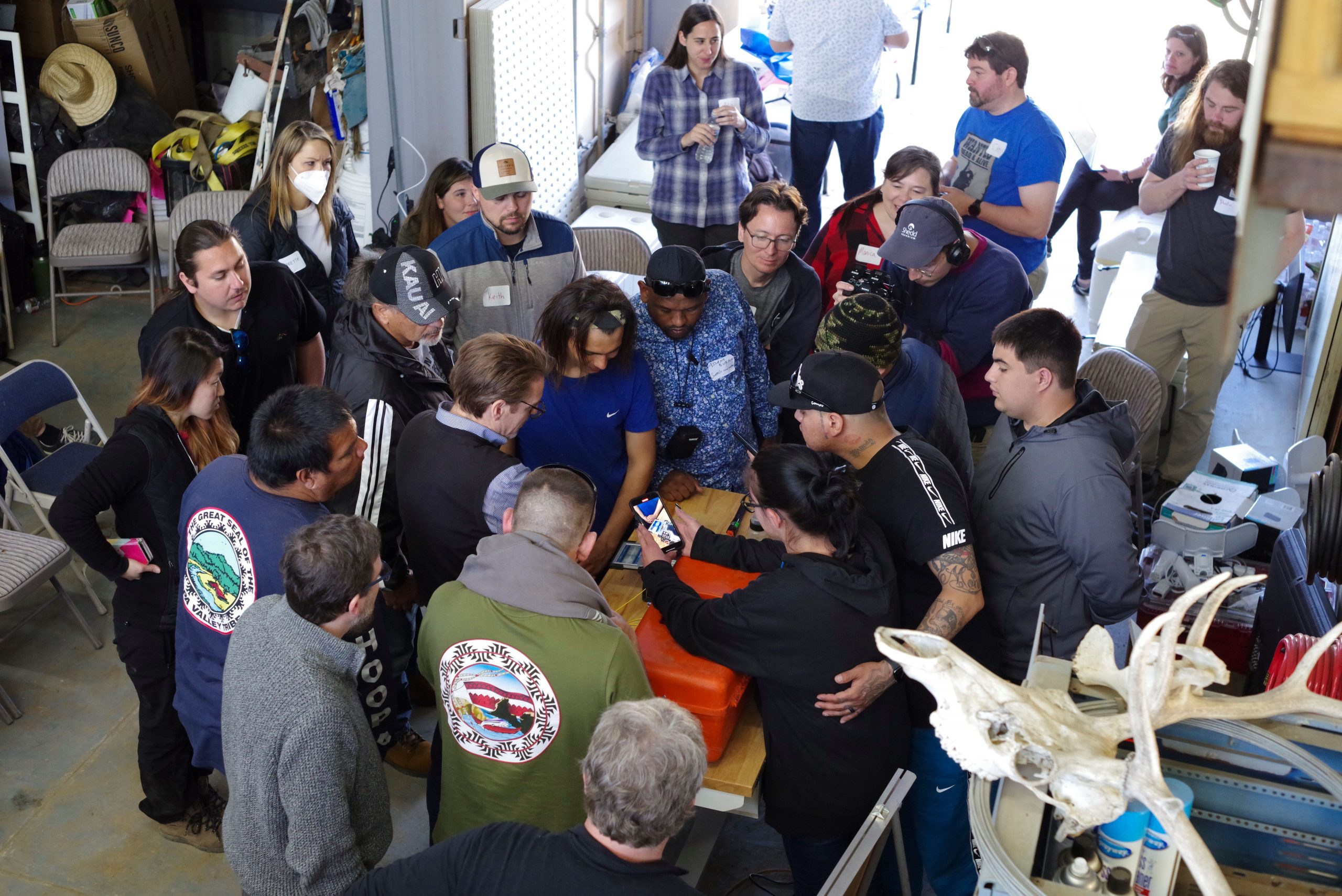
We remarked on how much we had learned from presentations and workshops as well as from our conversations with each other. We all felt motivated to continue and expand our work, knowing there were others on the same mission that we had met at bootcamp.
The National Digital Navigator Corps is funded by Google.org, and the application process will kick off soon, with a request for letters of intent later this month. For more information, visit the webpage and sign-up for updates.
Photos courtesy of Steven Mansour and Chris Mitchell.
